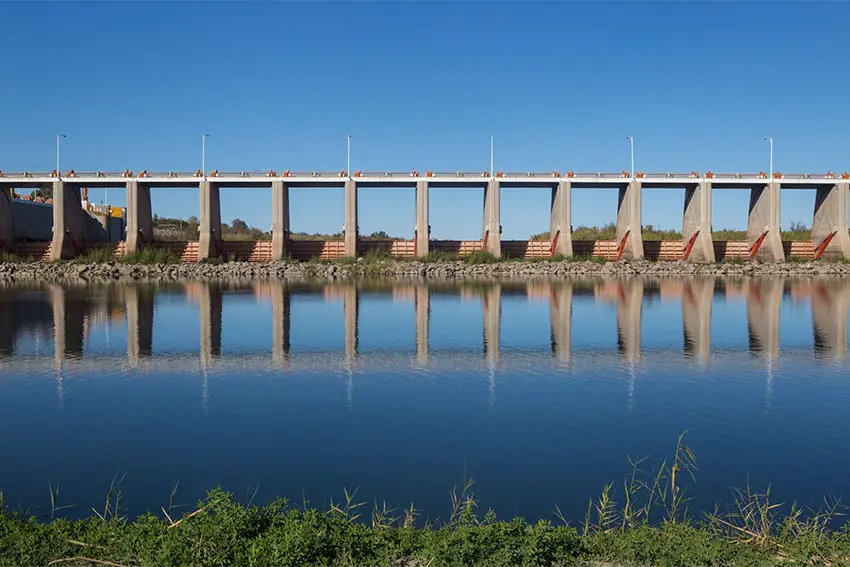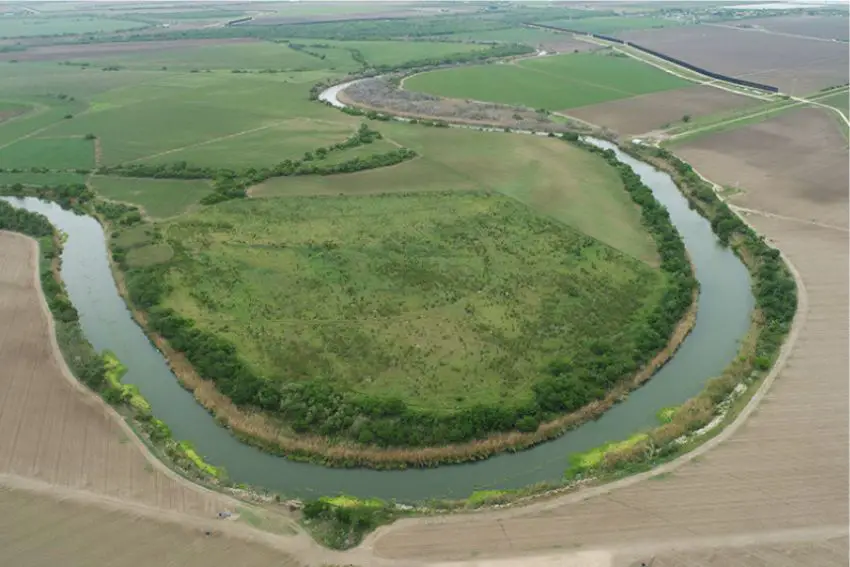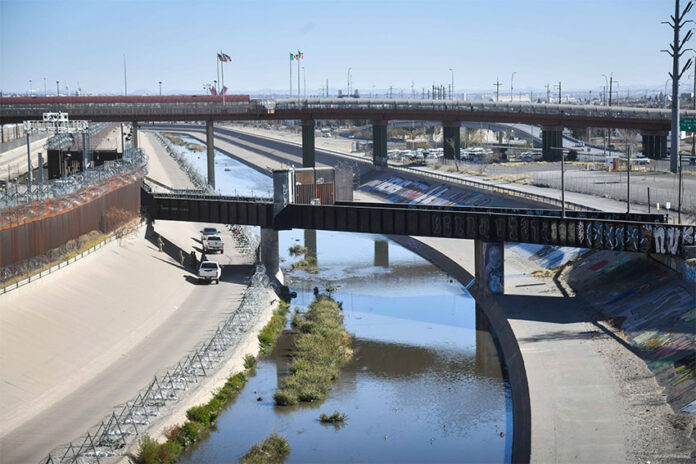For the first time since the Treaty on Utilization of Waters of the Colorado and Tijuana Rivers and of the Rio Grande was signed in 1944, the U.S. has denied a request by Mexico for water delivery.
Mexico was seeking approval for the creation of a special delivery channel for Colorado River water to be delivered to Tijuana. As much of northwest Mexico faces severe drought, the denial is likely to place even more stress on Baja California’s water system.

The 1944 U.S.-Mexico water treaty governs water allocation from the Rio Grande (also known as the Río Bravo) and Colorado River, the two principal rivers in the southwestern United States and northern Mexico.
The U.S. Department of State on Thursday said the U.S. has taken the unprecedented step of denying Mexico’s non-treaty request for the water.
In a statement posted to social media, the Bureau of Western Hemisphere Affairs defended the decision by saying that “Mexico’s continued shortfalls in its water deliveries … are decimating American agriculture” while claiming that the farmers in the Rio Grande Valley of Texas are suffering as a result.
Mexico’s Foreign Affairs Ministry did not respond to reporters’ requests for comment about the U.S. decision. However, during her Friday morning press conference President Claudia Sheinbaum insisted Mexico is making available the corresponding water quotas as defined by the treaty.
Mexico’s continued shortfalls in its water deliveries under the 1944 water-sharing treaty are decimating American agriculture–particularly farmers in the Rio Grande valley. As a result, today for the first time, the U.S. will deny Mexico’s non-treaty request for a special…
— Bureau of Western Hemisphere Affairs (@WHAAsstSecty) March 20, 2025
The president made her comments before the State Department issued its statement.
While admitting that drought and water shortages are part of the problem, Sheinbaum described the issue as “an important one that is being addressed” by the National Water Commission (Conagua) and the International Boundary and Water Commission (IBWC).
The IBWC is tasked with determining the international boundary and applying water treaties of the United States and Mexico and settling differences that may arise in their application. (The Mexico-U.S. boundary is largely defined by the Rio Grande, which occasionally shifts its course.)
Under the 1944 Treaty, Mexico is required to transfer water to the United States every five years from two shared dams on the Texas border.
Meeting the quotas has been problematic in recent years for Mexico due to drought exacerbated by climate change, as well as by the increase in agriculture in parched areas of both countries. Aging infrastructure and significant water waste have also contributed to the shortfall.
Mexico is obligated to deliver 1.75 million acre-feet of water to the US over a five-year cycle, averaging 350,000 acre-feet annually. The current cycle ends in October 2025.

The 1944 treaty specifies that in the event of extraordinary drought or damage to hydraulic systems on Mexico’s side which makes it difficult for Mexico to meet its quota, deficiencies existing at the end of a five-year cycle shall be made up in the following five-year cycle.
Mexico was about 265 billion gallons of water behind on its deliveries in August of last year, prompting the U.S. commissioner at the IBWC, Maria-Elena Giner to remark that Mexico was “at its lowest levels ever” in the treaty’s history.
In November, the two countries hammered out an agreement that reportedly provided Mexico with tools and flexibility to deliver water earlier in the five-year cycle. Among the proposed tools were better coordination regarding water conservation, re-use and alternative water sources.
Even so, Giner warned then that Mexico is so far behind in deliveries that “it will be very difficult, if not statistically impossible, for them to make up that difference.”
Now it appears that the U.S. government is willing to ramp up a new battle with the Mexican government, which has dodged U.S. tariff threats twice since Donald Trump became U.S. president on Jan. 20. Though some tariffs have gone into effect, Mexico has yet to retaliate.
With reports from La Jornada, The Guardian, Reuters and NPR
Want to learn more about Mexico’s most pressing water issues? Check out our Water in Mexico series.
